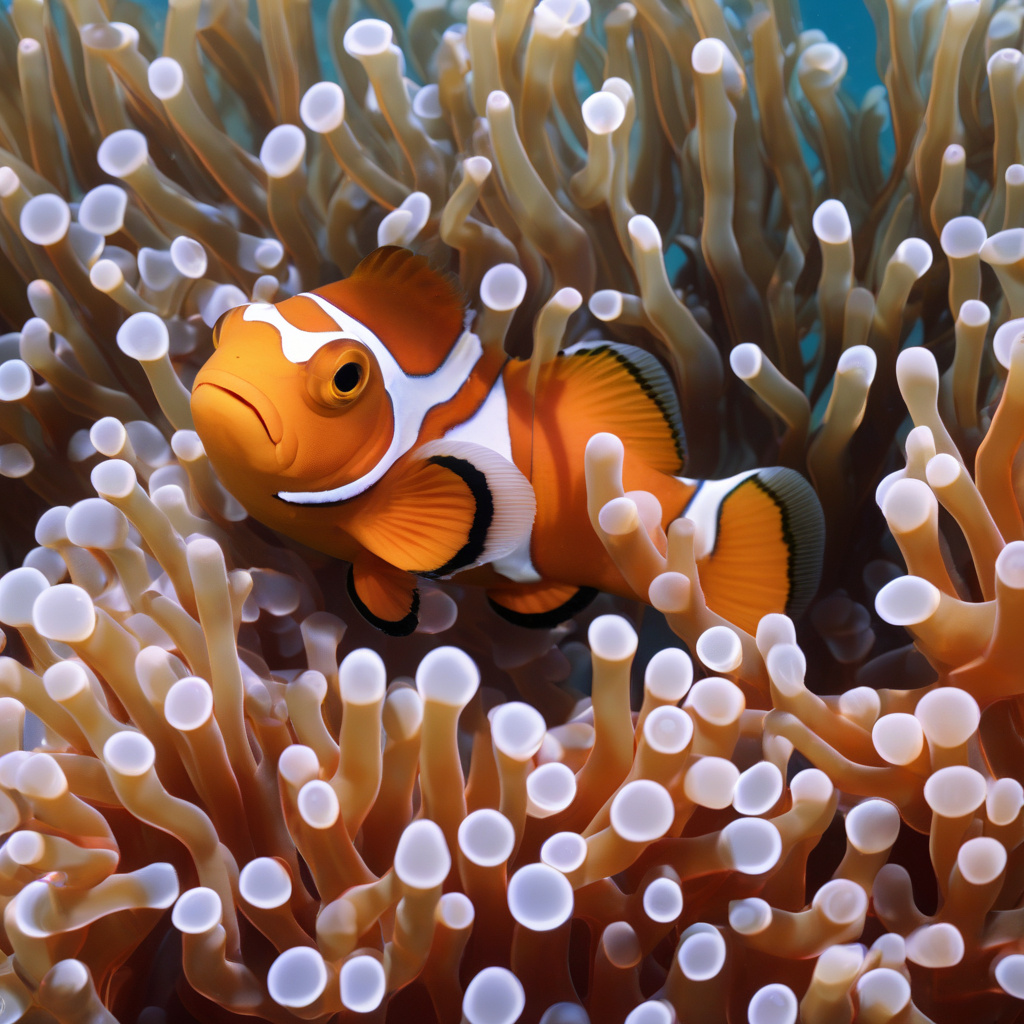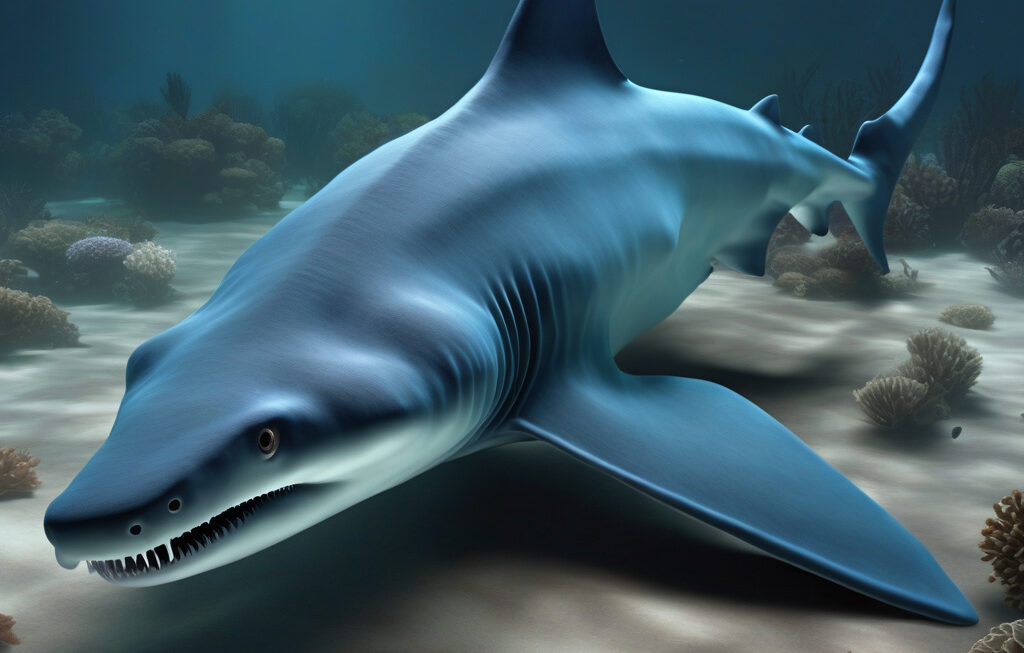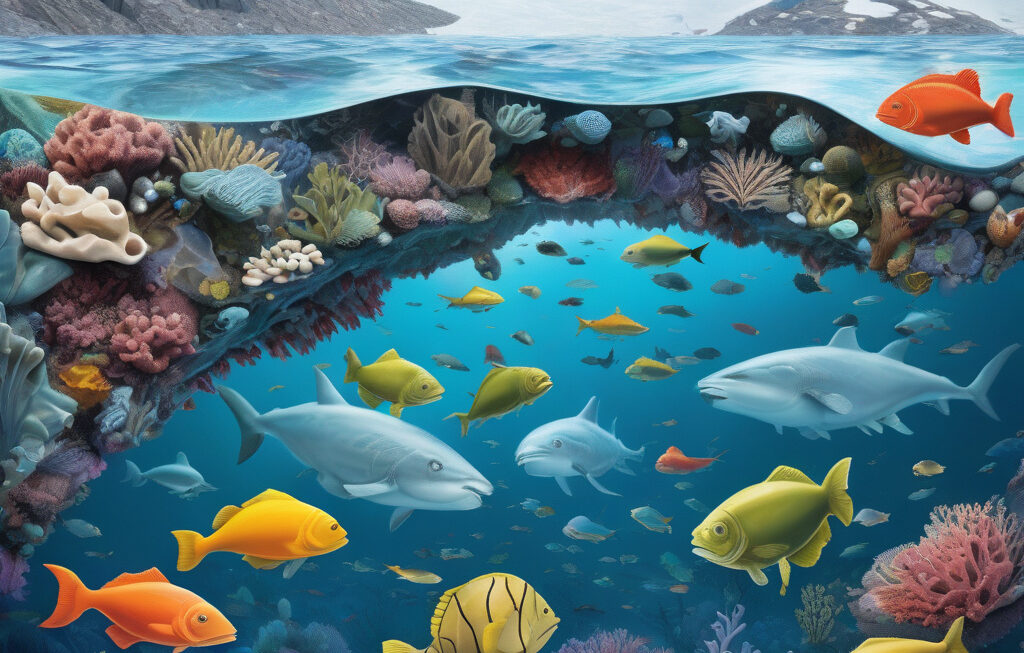Finding Smaller Nemo: Clownfish Shrink to Survive Ocean Heatwaves
Clownfish, the brightly colored reef fish made famous by Finding Nemo, have revealed a surprising ability to adapt to their changing environment. A recent study has found that these iconic fish are shrinking in size to survive the challenges posed by ocean heatwaves.
Researchers have long been concerned about the impact of climate change on marine life, particularly in coral reef ecosystems where clownfish are commonly found. Rising ocean temperatures have led to more frequent and intense heatwaves, causing significant stress to the delicate balance of these underwater communities.
In response to these changing conditions, clownfish appear to be undergoing a fascinating transformation. The study, conducted by a team of scientists from various institutions, including the University of Exeter and the University of Melbourne, analyzed the growth patterns of clownfish in the wild.
The results were striking. Over the past two decades, clownfish have been observed to be getting smaller in size. This phenomenon, known as “juvenescence,” is a form of developmental plasticity where the fish reach sexual maturity at a younger age and smaller size than before.
This remarkable adaptation is believed to be an evolutionary response to the increasing stress caused by rising water temperatures. By reaching maturity sooner and at a smaller size, clownfish are able to reproduce earlier and ensure the survival of their offspring in a changing environment.
The study also highlighted the role of genetics in driving these changes. It was found that clownfish populations with a higher genetic diversity were better able to cope with the effects of heatwaves, suggesting that biodiversity plays a crucial role in the resilience of species facing environmental challenges.
These findings have significant implications for our understanding of how marine life is responding to the impacts of climate change. While the ability of clownfish to adapt is impressive, it also raises concerns about the long-term viability of populations that may be under increasing pressure from environmental stressors.
As we continue to grapple with the consequences of a warming planet, studies like this remind us of the importance of protecting and preserving vulnerable ecosystems. The resilience of clownfish serves as a poignant example of nature’s ability to respond to adversity, but it also underscores the urgent need for action to address the root causes of climate change.
In the quest to find our own version of Nemo in the vast expanse of the ocean, we are reminded of the interconnectedness of all life forms and the delicate balance that sustains our planet. The shrinking of clownfish may be a small-scale adaptation, but it carries a big message about the challenges that lie ahead for marine species worldwide.
As we navigate an uncertain future, it is crucial that we heed the lessons of these resilient fish and take decisive steps to protect the diversity and beauty of our oceans. Only through collective action and a commitment to sustainability can we ensure that future generations will continue to marvel at the wonders of the underwater world, including the smaller but no less magnificent descendants of Nemo.
clownfish, FindingNemo, oceanheatwaves, climatechange, marinebiodiversity











